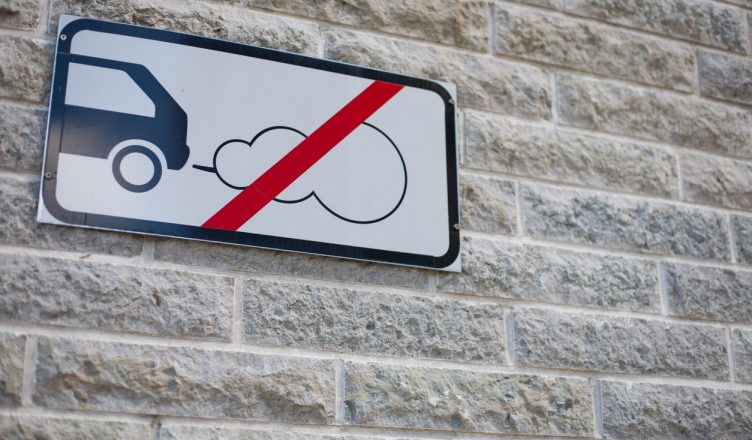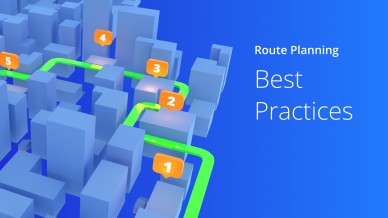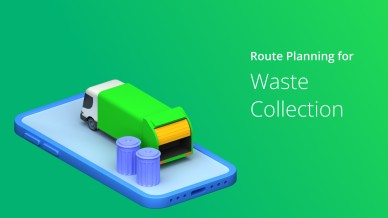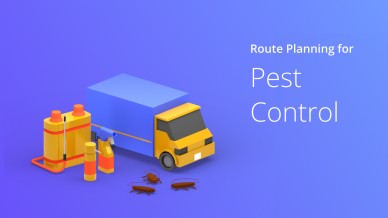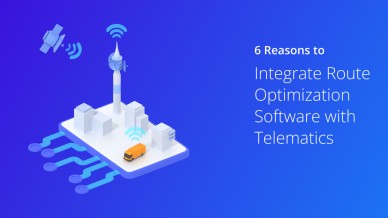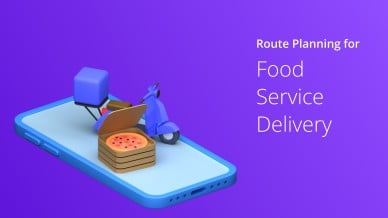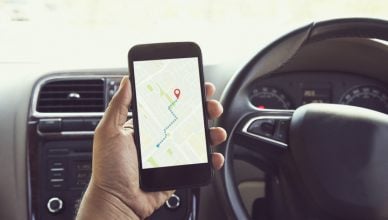The reckless use of fossil fuels, chemicals, greenhouse gases, and carbon which industries and businesses were contributing for ages have gradually poisoned the environment and worsened air pollution. Now, air pollution kills between 90,000 and 360,000 people every year in the US alone. According to the US Environmental Protection Agency (EPA), the eroding air quality led to 10,000 additional deaths over a two-year period.
Yet, despite being the highest spender on healthcare expenses per capita in the world, America is still twenty-third when it comes to avoiding sickness and deaths due to air pollution, as per the World Health Organization. In fact, the transportation industry is one of the largest contributors to greenhouse gas (GHG) emissions in the US, according to the EPA.
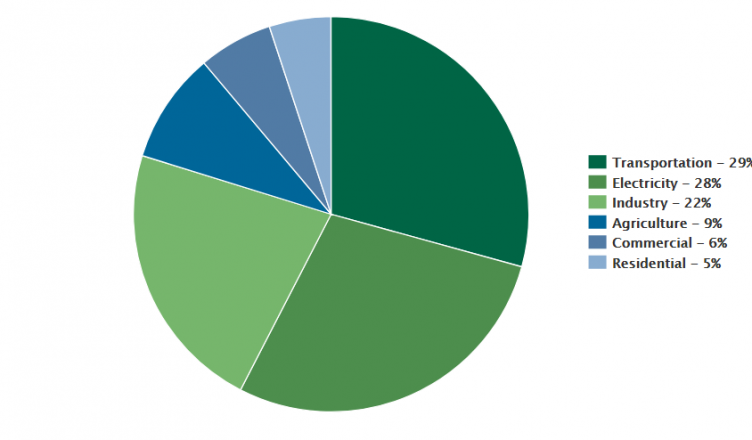
This disregard for the environment has turned against us, even deterring economic growth. That’s why businesses around the world (including logistics companies) have gradually become conscious of global warming, reducing their pollution, and using clean energy. While logistics businesses can take several initiatives, a much-needed step is the adoption of route optimization of vehicles with an advanced route planner, which could significantly help lower carbon emissions.
Want To See For Yourself How Route4Me Can Boost Your Profits?

Adopting such route optimization software can be a saving grace for both the environment and field service businesses. Manually planning routes with multiple stops for a group of drivers is tedious and can drive anyone nuts. Luckily, with a route planner app, you can completely automate the route planning process.
Note, route optimization doesn’t just mean the shortest distance from one point to another. Rather, it’s the technique of ensuring the minimum possible driving time for the number of multiple stops per driver; factoring in vehicle load capacity, delivery time schedule, driver schedule of the company, and so on. A delivery route planner factors in all the constraints by using advanced algorithms to arrive at the best possible route for each driver, thus collectively reducing the total driving time and consequently the use of fuel and gas. This, in turn, helps curb air pollution.
Below is a list of some specific ways in which a route planner can help reduce carbon emissions:
- Prioritizing delivery of heavy items: Heavy items onboard a vehicle lead to higher fuel usage and less mileage for the vehicle which translates to higher emissions of gas. Thus, dropping off heavier items first will be fuel-efficient and climate-friendly.
- Carbon reducing strategy: Route optimization software helps you decide whether consolidation or splitting the zones of delivery locations will help the drivers avoid traffic, thereby ensuring a smaller carbon footprint and being more energy-efficient.
- Efficient driving: Reckless or harsh driving and unnecessary idling consume a lot of fuel and consequently emit more carbon. This can be avoided by monitoring your drivers’ activities in real-time through the GPS tracking software integrated in route optimization software.
- Maintaining vehicle conditions: Regular maintenance of commercial vehicles helps ensure optimal fuel usage. Route planners come with a reporting and analytics feature that helps you identify when a vehicle needs maintenance to keep the emissions in check.
- Monitoring fuel usage: Carbon emissions can be reduced effectively if business owners regularly monitor their delivery fleet’s fuel consumption. Again, the reporting and analytics feature of a route planner can help you track the fuel usage for each vehicle to keep things under control.
- Fewer vehicles: A multi-stop route planner helps your drivers make more stops in less time which translates to fewer vehicles being required. Undoubtedly, the fewer vehicles on the road, the lower the carbon emissions will be. Interestingly, while contributing to saving the environment, you also reduce your expenses and make more money.
An advanced route optimizer can even help you communicate with your drivers in real-time (without calling them up), track the drivers’ activities, and collect customer signatures. The drivers can also add notes, videos, and photos.
Long story short, route optimization software plays a significant role in effectively decreasing the emission figures and air pollution, thereby optimizing last-mile deliveries. But, the number of benefits of a driving route planner does not stop there. Read about the nine benefits of dynamic routing technology and how it can even help reduce transportation costs efficiently in 2020.
Do you’ve any questions? Please feel free to leave your comments below.
Want To See For Yourself How Route4Me Can Boost Your Profits?

